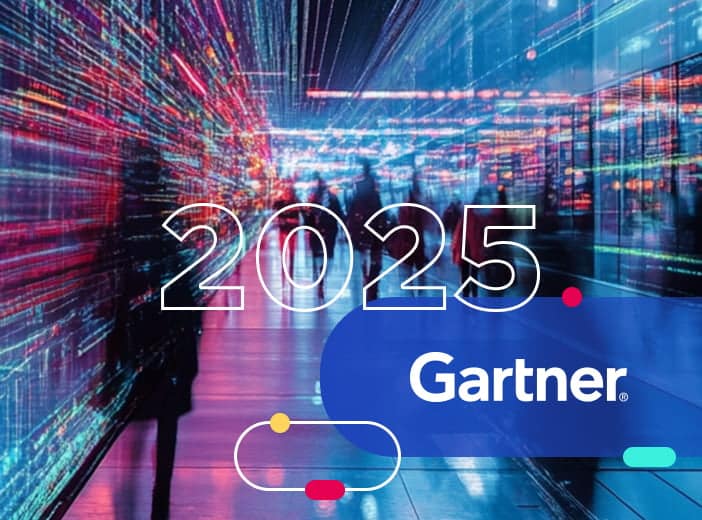Data projects
Ready to dive in?
Book your live demo Today
+3000
+25
Countries
8.5/10
Overall satisfaction rating from our customers
[Event] Meet Opendatasoft at Big Data LDN 2025
book a meeting!Data accessibility covers how easy it is for an organization’s data to be discovered, accessed, retrieved, understood, and utilized effectively by everyone that can benefit from it, without requiring them to have technical skills. Users could be employees across the organization or external audiences, such as partners, citizens and other stakeholders. Data accessibility is part of data governance, and is an ongoing process that aims to bridge the gap between having data and generating value from it.
Providing access to data for all is vital to improving business decision-making, boosting efficiency and increasing collaboration. Data access should be on-demand and self-service for users, without requiring support from specialist data scientists or tools.
Data availability simply means that data has been collected and stored somewhere within an organization. These data assets could be generated by business systems, sensors, customers or partners. While data is available, it does not have to be in a usable or understandable format and is often difficult to find. Employees may not even know that relevant data is there, for example. Data availability is therefore just the first step to generating value from your data.
In contrast, data accessibility goes beyond data being simply available to ensure that it can be found and used effectively by non-specialists, without requiring support, training or tools. Everyone can access the data they need, with confidence, whatever their level of data knowledge or experience.
Organizations understand the importance of becoming data-centric, and accessible data is fundamental to achieving this. Strong data accessibility delivers these benefits:
Organizations are now generating and collecting enormous volumes of data. This is often stored in multiple different systems, managed by different teams and can be in a range of formats. Making this data accessible requires organizations to overcome these challenges:
Ensuring that data is accessible to all requires a six stage process:
Centralized, one-stop shop data portals are vital to making data accessible to the right audiences. They provide a single place for data access, with an intuitive user experience that enables any employee to confidently discover, interact with, and utilize data, whatever their level of data skills. Data can be accessed in multiple formats (such as raw data, visualizations, dashboards and via APIs), depending on the needs of the user.
Ensuring data accessibility is an ongoing process and progress needs to be continually monitored and improved. You can measure data accessibility through metrics such as the usage of different data assets, overall user satisfaction, data literacy, feedback and the number of reuses around datasets. Data lineage tools help to gather this usage data, as does collecting regular feedback from specific groups of users.

Growing data volumes, increasing complexity and pressure on budgets - just some of the trends that CDOs need to understand and act on. Based on Gartner research, we analyze CDO challenges and trends and explain how they can deliver greater business value from their initiatives.

Data sharing enables public sector organizations to increase accountability, boost efficiency and meet changing stakeholder needs. Our blog shares use cases from Australia to inspire cities and municipalities around the world